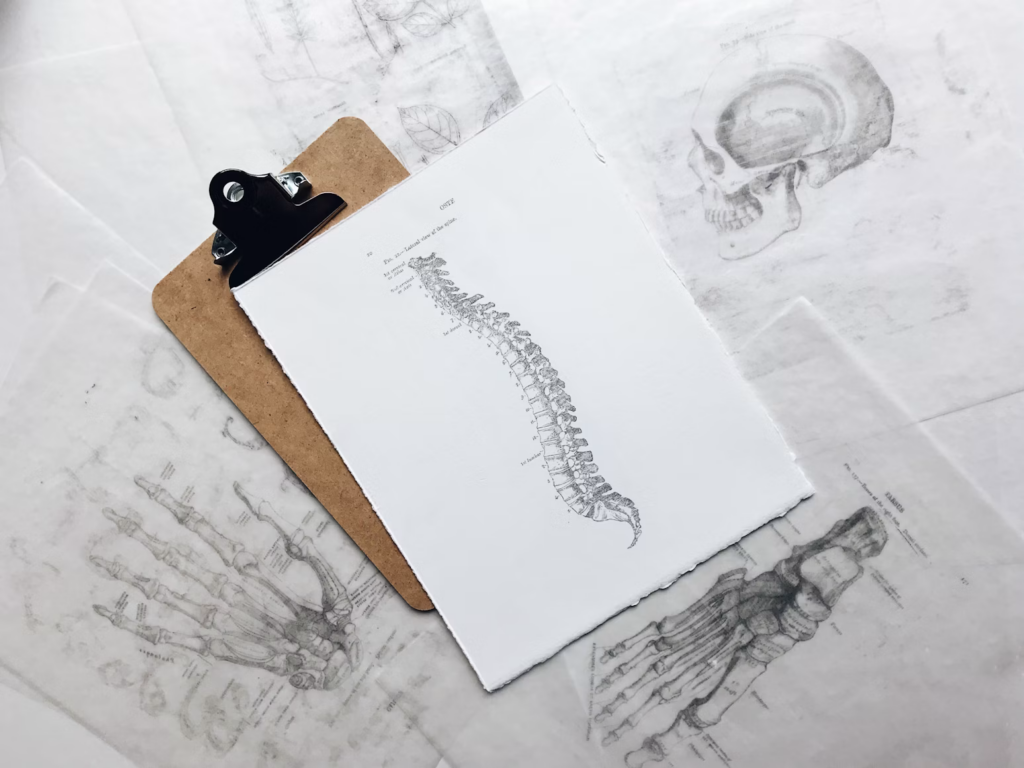Back pain is an all-too-common experience that can significantly impact our daily lives and overall well-being. Whether it’s a dull ache, a sharp stabbing sensation, or a persistent discomfort, back pain comes in various forms, each with its own set of causes and treatment approaches.
Understanding the different types of back pain is essential for identifying the root of the problem and finding effective relief.
1. Acute Back Pain: Sudden and Short-Lived
Acute back pain typically comes on suddenly and lasts for a few days or weeks. It’s often caused by muscle strains, ligament sprains, or minor injuries. The pain can be sharp and intense, but it usually subsides with rest, ice, heat, and over-the-counter pain relievers.
In most cases, acute back pain resolves on its own. But if it persists for more than a few weeks, it’s important to seek medical advice to rule out any underlying conditions.
2. Chronic Back Pain: Persistent and Debilitating
Chronic back pain is defined as pain that lasts for more than three months. It can be caused by various factors, including degenerative disc disease, arthritis, spinal stenosis, or nerve compression. Chronic back pain can be constant or intermittent, and it may worsen with certain activities or positions.
Treatment for chronic back pain often involves a multidisciplinary approach, combining medication, physical therapy, and lifestyle modifications. In some cases, minimally invasive procedures or surgery may be necessary to address the underlying cause.
Recommended Read: The Most Common Causes of Back Pain
3. Radicular Back Pain: Shooting Pain Down the Leg
Radicular back pain, also known as sciatica, is characterized by pain that radiates down the leg, often following the path of the sciatic nerve. It’s typically caused by a herniated disc or spinal stenosis that compresses the nerve root.
The pain can be sharp, burning, or tingling, and it may be accompanied by numbness or weakness in the leg. Treatment options for radicular back pain range from conservative measures like physical therapy and epidural steroid injections to surgical intervention if conservative measures fail.
4. Axial Back Pain: Localized Pain in the Spine

Axial back pain refers to pain that is localized to the spine itself, without radiating down the legs. It can be caused by muscle strains, ligament sprains, facet joint arthritis, or spinal fractures. The pain can be dull, achy, or sharp, and it may worsen with movement.
Treatment for axial back pain typically involves pain management with medication, physical therapy to strengthen the core muscles and improve posture, and lifestyle modifications like weight loss and ergonomic adjustments.
5. Inflammatory Back Pain: Pain Related to Inflammatory Conditions
Inflammatory back pain is caused by underlying inflammatory conditions, e.g., ankylosing spondylitis or rheumatoid arthritis. This type of pain often presents with stiffness, especially in the morning, and it may improve with movement and exercise.
Treatment for inflammatory back pain focuses on managing the underlying condition with medications, physical therapy, and lifestyle changes.
Recommended Read: How Can Physical Therapy Help You?
6. Neuropathic Back Pain: Nerve-Related Pain
Neuropathic back pain is caused by damage or dysfunction of the nerves in the spine. It can be a result of conditions like diabetes, shingles, or multiple sclerosis. The pain can be described as burning, tingling, or electric shock-like.
Treatment for neuropathic back pain often involves medications like antidepressants or anticonvulsants, physical therapy, and alternative therapies like acupuncture or massage.
Seek Relief from Back Pain
Back pain doesn’t have to control your life. By understanding the different types of back pain and exploring the various treatment options available, you can find relief and regain your mobility.
If you’re struggling with persistent or severe back pain treatments in Webster TX, the doctors at Houston Physicians’ Hospital’s Spine Solutions Center are here to help. They provide a wide range of treatment options, from conservative care to advanced surgical procedures, tailored to your individual needs.
Find a doctor who’s right for you.
Our doctors also provide diagnostic plans and treatments for neck pain, hip joint pain, and knee pain.


